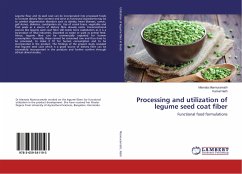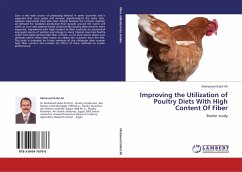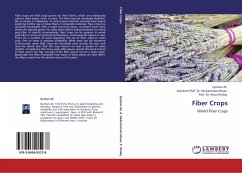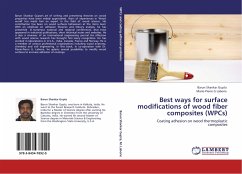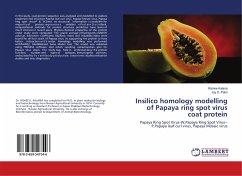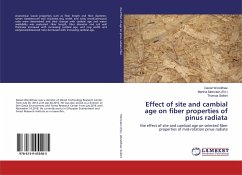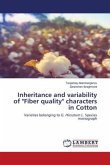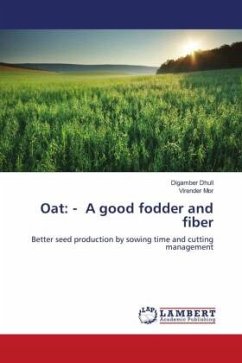Legume flour and its seed coat can be incorporated into processed foods to increase dietary fibre content and serve as functional ingredients may be to combat degenerative disorders such as obesity, heart diseases, cancer, gall stones, diabetes, constipation etc. Use of cereal brans, vegetable and fruit peels as a source of dietary fibre already exists. Unconventional sources like legume seed coat fibre still needs more exploitation as it is a by-product of dhal industries, discarded as waste or used as animal feed. Hence, legume fibre can be commercially exploited for human consumption. Generally, these cannot be consumed raw and thus have to be processed, to make it fit for human consumption and to be incorporated in the product. The findings of the present study revealed that legume seed coat which is a good source of dietary fibre can be successfully incorporated in the products and further confirm through ethical clinical studies.

